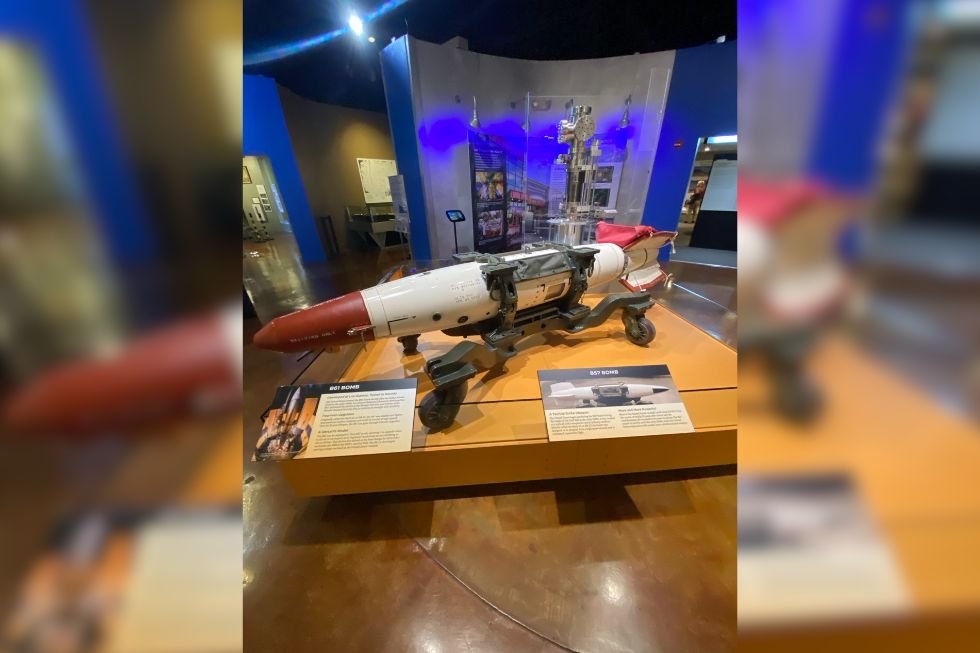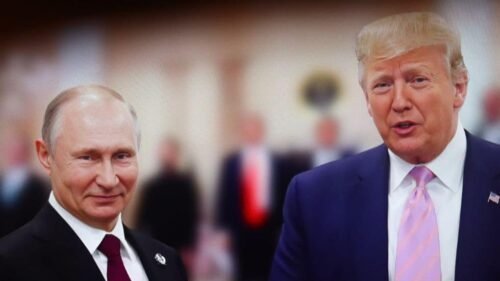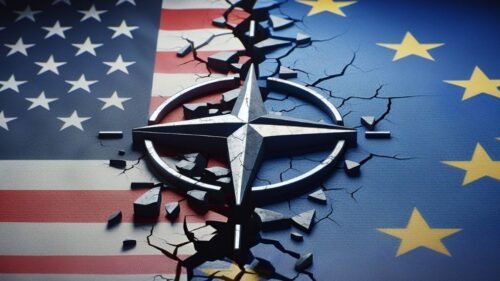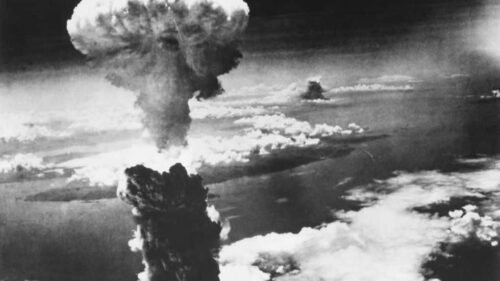Iraqi Kurdistan is militarily safer than Russia or the US. That is what I told my security studies teacher eight years ago when I was a freshman in college. My argument was simple: We don’t have thousands of nuclear warheads pointed at us ready to launch, while every sizable city in the US or Russia does.
He agreed, but reminded me that their militaries are also far better than ours. Russia, he said, increasingly relies on its nuclear weapons because its conventional army is smaller and cannot stand up to its main adversary, NATO.
Russia’s war and the nuclear shadow
Russia has been at war with Ukraine since 2022. It initially invaded a large portion of Ukrainian territory but has since lost most of it. Now, it struggles to hold the remaining areas and relies on it from as far away as North Korea and Cuba. On occasion, Russia has threatened to use nuclear weapons, and Moscow has even changed its nuclear posture for the first time in decades. Additionally, President Vladimir Putin, who has defined modern Russia, has stated that he would not want a world without Russia. That sentiment alone brings us close to nuclear war.
Now, I live in the United States, and I am aware that many Russian nuclear weapons are aimed at where I live. When you want to forecast the probability of nuclear war, you need to look at the “base rate.” That is, how many times nuclear weapons have been used. Nuclear weapons have only been used twice, during a prolonged war — World War II. Russia is currently in a prolonged war, suffering heavy casualties, led by a man who refuses to accept defeat. Even if the probability of nuclear war is low, there is still a chance, and that small chance represents the end of civilization.
The logic of absolute risk
However, even if we are dealing with a very low probability of our end, we need to treat it with absolute certainty. Think about this: if there is a bomb nearby, everyone is evacuated regardless of the odds of detonation. The same logic applies to nuclear war: even a low chance of catastrophe demands total precaution.
In December 2022, former Secretary of State and national security advisor Henry Kissinger warned that cornering Russia could drive it to use nukes, and that the world needs to give parts of Ukraine to Moscow. Kissinger was known for stabbing allies in the back to achieve the greater national interest. He did that in Vietnam, Chile, Iraq and other places. But he can no longer shape US policy for two reasons. First, he is no longer a US top official. Second, and most importantly, he has passed away. One could argue that his pragmatism sometimes prevented wider wars, but his assessment of Russia remains relevant today.
History, identity and change
Would Putin and his siloviki (“people of force” or “strongmen”) sit by while Ukraine takes back all the occupied territories? History says otherwise. Russia has often seen regime collapse after military defeat. The Russian Empire fell after World War I, and the Soviet Union collapsed shortly after the failed invasion of Afghanistan from 1979 to 1989, which was preceded by a coup. In 2024, Ukraine destroyed around $7 billion worth of Russian warplanes, some of which were irreplaceable, despite crude Russian efforts to disguise them with car tires.
Still, the Kremlin might interpret its “special military operation” as a lesson to Ukraine and NATO that they needed to change. Now, let’s focus on that last word: change. In international relations, the theory of constructivism argues that ideas and identity are crucial in global politics, alongside power and weapons. The logic is straightforward. Washington fears a few North Korean nukes more than it fears hundreds of British nuclear weapons. That is because the Brits and the Americans are friends and share a long history, while North Korea’s values and identity are contrary to America’s.
We have seen many recent examples of groups undergoing dramatic changes. For example, Egypt was fighting Israel for years. Now they cooperate and exchange diplomatic missions. Is that gonna happen to Ukraine? Do the Russians believe that their special military operation has convinced Ukraine to change? Eschew NATO and make relations better with Russia.
That is a little difficult to imagine, as Ukraine would not trust Russia not to invade if it were not under NATO’s protection. Practically speaking, Ukraine already enjoys many of the benefits that a NATO member actually enjoys. Kyiv receives all the military, diplomatic and financial support it needs from the alliance.
The escalation trap
In fact, NATO’s Article 5, the core of the alliance that declares an attack on one member an attack on all, is not automatic. It requires a political decision by member states. If Russia shares this assessment, then the likelihood of it using nuclear weapons only increases, even though China, Iran, North Korea and others are helping Russia fight its war in Ukraine. That also includes many NATO members that continue to buy Russian energy every day.
This could explain the Russian drones and warplanes flying over NATO borders in recent weeks. Is Russia planning to expand the war, or testing the limits before a limited nuclear strike to stop NATO’s support for Ukraine? The war seems to be only escalating, and each escalation raises the chance of a nuclear holocaust.
When I was a child, I was fascinated by apocalyptic stories. Especially those describing how nuclear war would bring a nuclear winter and end more than 99% of life on Earth. I have read almost every book on the apocalypse and watched nearly every apocalyptic movie. Most of them agree that the end of the world would come not from nature, but from human hands: a mad scientist or leader. Today, I think that nuclear war is far closer than we realize. There may already have been near-misses worse than the Cuban Missile Crisis, but we don’t know about them.
[Kaitlyn Diana edited this piece.]
The views expressed in this article are the author’s own and do not necessarily reflect Fair Observer’s editorial policy.
Support Fair Observer
We rely on your support for our independence, diversity and quality.
For more than 10 years, Fair Observer has been free, fair and independent. No billionaire owns us, no advertisers control us. We are a reader-supported nonprofit. Unlike many other publications, we keep our content free for readers regardless of where they live or whether they can afford to pay. We have no paywalls and no ads.
In the post-truth era of fake news, echo chambers and filter bubbles, we publish a plurality of perspectives from around the world. Anyone can publish with us, but everyone goes through a rigorous editorial process. So, you get fact-checked, well-reasoned content instead of noise.
We publish 3,000+ voices from 90+ countries. We also conduct education and training programs
on subjects ranging from digital media and journalism to writing and critical thinking. This
doesn’t come cheap. Servers, editors, trainers and web developers cost
money.
Please consider supporting us on a regular basis as a recurring donor or a
sustaining member.
Will you support FO’s journalism?
We rely on your support for our independence, diversity and quality.








Comment
I am nos sure that we are that close to nuclear war these days. Russia is draining Ukraine in a war of attrition. So, it has no incentive to go nuclear. There may be other risks that are far more dangerous.